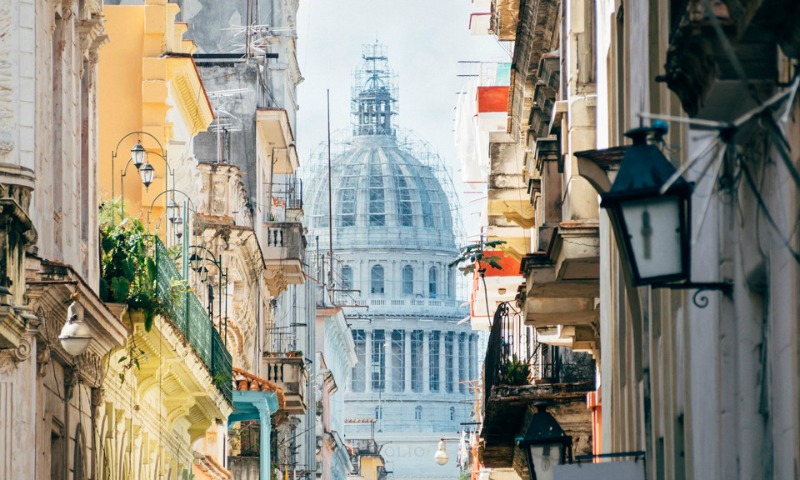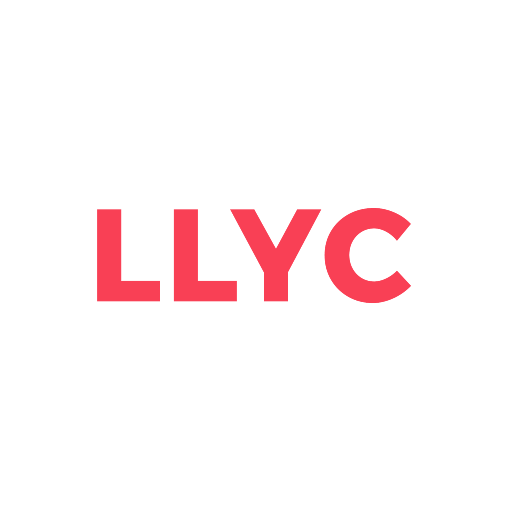LLYC 27 Feb 2017 // 5:10PM GMT

Several events have given a turn into–what looks like–the beginning of an era for Cuba. The visit of the former President of the US, Barack Obama, in 2016; preceded by France’s President François Hollande, in 2015. Or entertainment events such as the Rolling Stones’ concert in Havana or even the Chanel fashion show in the island have shown a will from the Government to open Cuba’s doors to the world.
Despite this, the “new Cuba” might be flanked by other events that could jeopardize its future. Donald Trump's victory in the American presidential elections or the continuous deterioration of the ailing economy might turn into added challenge for President Raul Castro’s strategies for a new turn.
The Trump administration brings uncertainty into the picture of the thaw between these two countries. While President Trump initially supported Obama’s policies towards Cuba, he then dramatically changed his speech and took another stance during his campaign–probably in his effort to win the Florida's Cuban-American community’s support. Companies from the US are now exporting almost $380 million to the island in merchandise since the beginning of the thaw, according to official statistics from the United States Census Bureau. It is important to note that even though Trump’s speech is expected to be dry and tough on several policies regarding Cuba; his actions might show otherwise and follow a coherent and reasonable open-market manner.
However, what the island’s neighbour decides is not Cuba’s solely dismay. The once “Pearl of the Caribbean” is facing new economics challenges. Last year, Ricardo Cabrisas Ruiz, Council of Ministers vice president and Minister of Economy and Planning, announced on December 27th, that the economic results for 2016 were merely “poor”, with an expected downturn of 0.9 percent of the GDP. This must be contemplated within Venezuela’s crisis framework–Cuba’s first commodities and prime material supplier–mainly due to the fall in oil prices.
In spite of the great expectations that surrounded the US-Cuba thaw, the island’s economy has been proven to be its great weakness. This fact came as a surprise after the Government showed its receptiveness to foreign investment, as well as the arrival of several hotel industry companies such as Starwoods, Marriot; or other businesses like Airbnb or Google. Also, 2016 was a historical record-breaking year for tourism reaching four million tourists during that year. The former was not sufficient to keep Cuba’s economy afloat.
It is important to highlight that there are no shortcuts when it comes to production system restructuration–directly linked to the executive system–and diversification of the internal markets. To this end, the Cuban Government and other national institutions have been working–for ten years now–to develop a discrete strategy to make way to new generations. This means, of course, that the FAR will always be in command; however, the generation change will progressively take place, securing the Communist Party as the only and leading party even when Raul Castro leaves the presidency in 2018. Does this mean that Cuba will move towards a free market any time soon or at least in the long run? It will depend on many factors but there are reasons to believe that the country will reach this point in the long term. What it is certain is that the socialist planned economy has shown its limitations in bringing prosperity to the population. They must enhance the growth cycle by modernising the economy and broaden its boarders to other countries.
Nevertheless, Cuba is confronted to a huge challenge: how to improve the production system and keep the bureaucratic machine and the State control over the island. However, not everything means bad news for Cuba, since the country counts with different economic sectors and proven human talent that could help the transition to become a success.
In order to accomplish this, the government has identified the priority investment sectors. Also, since many countries around the globe have shown a positive interest in Cuba and the rekindle of the political and economic relations with the island, this provides a new picture and new possibilities of investment even though there is a need for reformatory measures.
The best example is that the tourist sector has become, once again, the golden egg for Cuba’s economy. Four million tourists arrived in Havana in 2016 breaking a historical record. Probably, this boost in the sector was caused by the launching of hundreds of new airline routes to Havana. This gives an opportunity to the Cuban Government to welcome foreign investments and capitals into the service and tourist sector.
The service sector seems to be waiting to be exploited. In order to help Cuba’s development, the Government allowed some degree of entrepreneurship some time ago. This led to the beginning of the service sector within the island. The downside comes from the difficulty to finance this kind of business. People who run bars, restaurants or such have often been able to do so by obtaining financing from their families abroad, due to the limitations of local financial facilities.
Cuba’s franchising model a la Cubana is also an emerging market in the country. This model could lead the way for external investment in the retail sector. But how does a la Cubana model work? This is a franchise formed by a public company and one foreign partner. It boosts investment while following the Cuban bureaucratic system. International retail brand have their eyes set on the island. These companies are already closing deals with the responsible State companies and the dollar stores (TRD).
All these unexploded business sectors are just demanding for attention at the international level. They are also proving to be great investment opportunities and perhaps, showing the way to Cuba’s future in the long term. Although the island has many challenges ahead–especially with the unpredictable president Trump, and after Obama repealed the wet feet, dry feet law–every decision must be seen as an opportunity to create and be a rule-maker in a country full of potential and contradictions.
**Summary of the article by Joan Navarro Partner and Vice-Chairman of Public Affairs at LLORENTE & CUENCA, and Pau Solanilla, Managing Director of operations in Cuba at LLORENTE & CUENCA. Available at Developing Ideas.


































.jpg)














